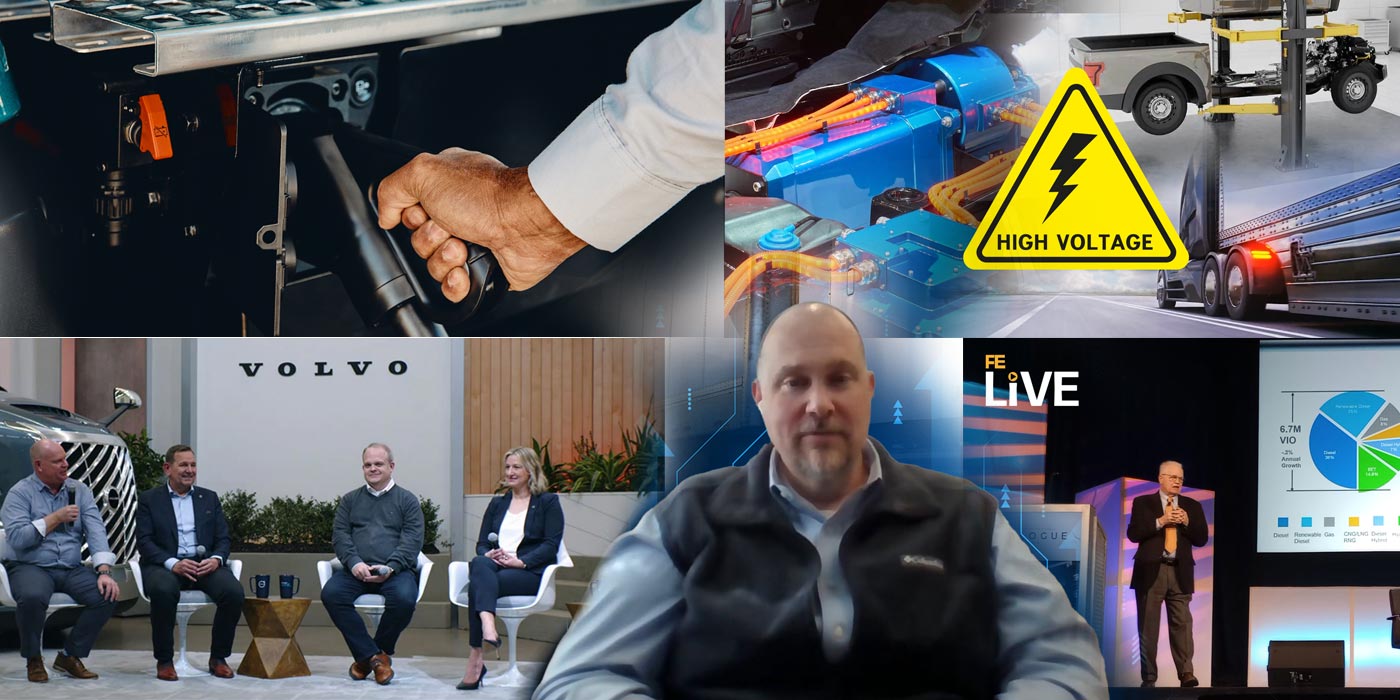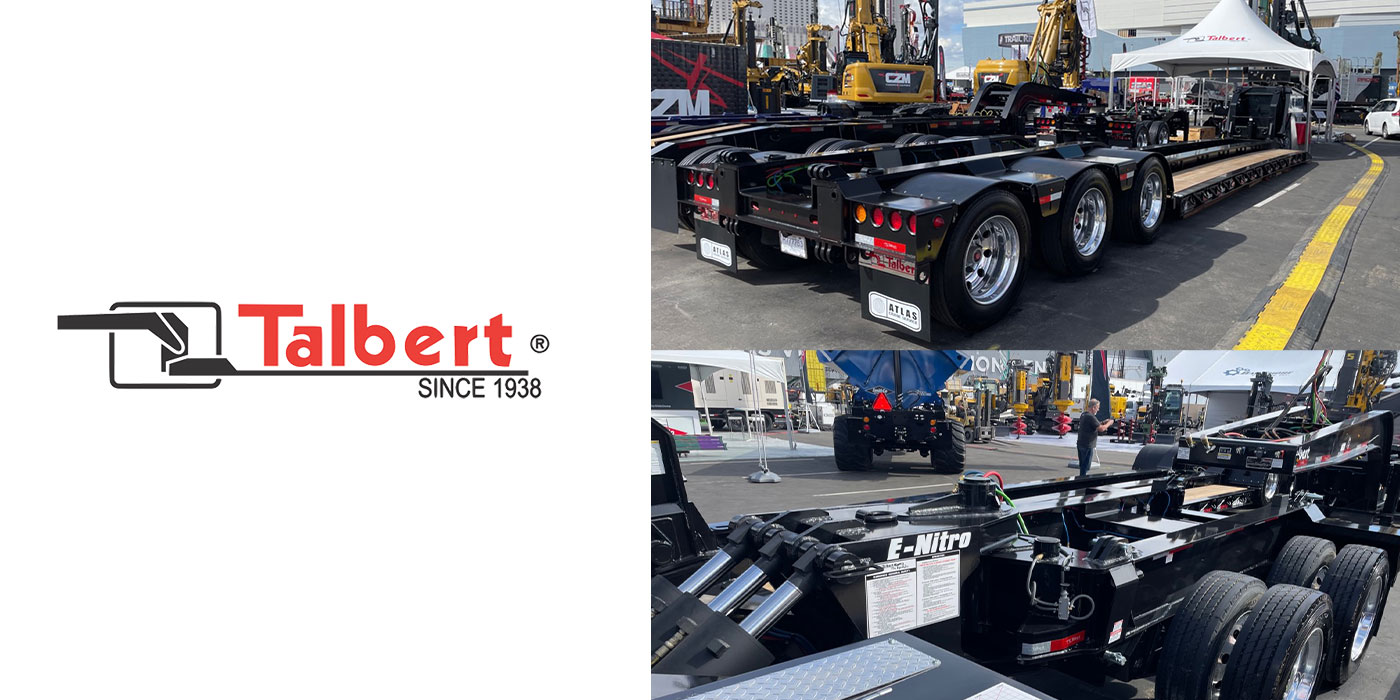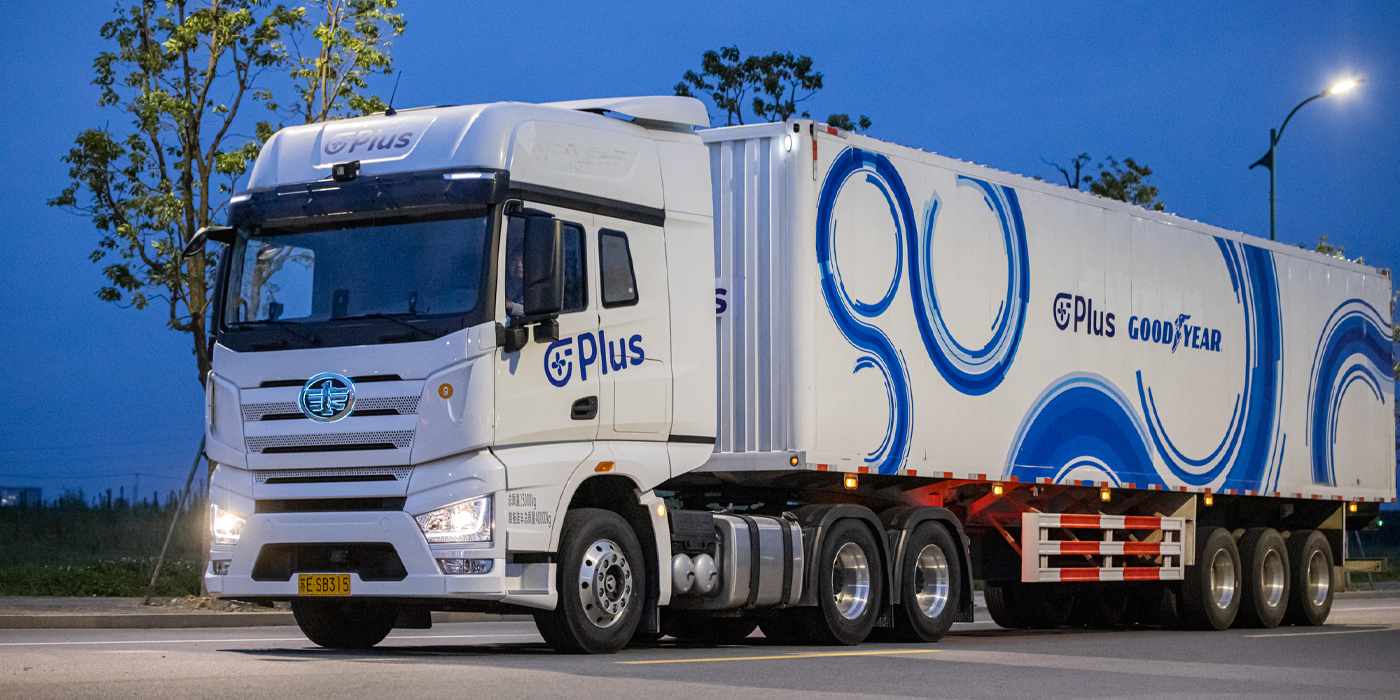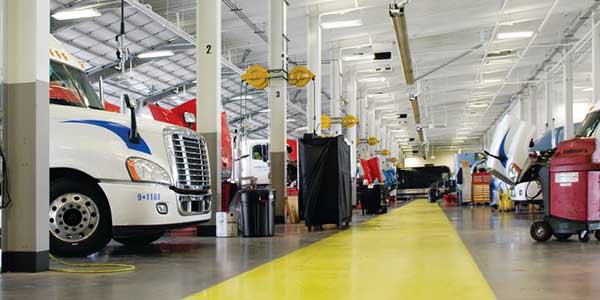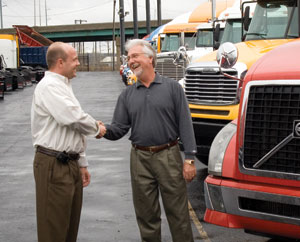 Once you’ve decided a used truck is right for you, it’s time to start shopping. Before buying a pre-owned truck, ask yourself two important questions: “Will this truck meet MY needs without major modifications?” and “Has this truck been well-maintained?”
Once you’ve decided a used truck is right for you, it’s time to start shopping. Before buying a pre-owned truck, ask yourself two important questions: “Will this truck meet MY needs without major modifications?” and “Has this truck been well-maintained?”
According to Don Mueller, director of marketing for Arrow Truck Sales, Inc.s, “When you buy used, you’re buying a truck that was originally spec’d by someone else. Although you can make certain modifications, converting a tractor that’s been used for hauling steel beams into a furniture hauler will be more trouble and expense than it’s worth. Be flexible, but try to narrow your choices to trucks with the frame, suspension, engine and drivetrain that meet your needs and personal preferences.”
Weight is another important consideration to keep in mind when buying an already spec’d truck. If you’re in a contract where weight is involved, get a scale ticket on the vehicle before you buy. You don’t want to show up for work and be denied a load because you’re overweight.
Mueller notes that many of the available used trucks are fleet vehicles. As such, they are generally spec’d for low cost of operation and maximum fuel economy—the same features most used truck buyers are looking for. Many fleet trucks also have engines with greater horsepower capability than was originally spec’d. And with today’s electronic engines, it’s easy to increase the horsepower rating or RPM to meet your needs.
Although fleet-spec’d trucks are more readily available, higher horsepower, traditionally styled, long-nose conventionals with larger sleepers and driver amenities are in great demand. As such, these trucks usually command a higher value, and can be ideally suited to today’s used buyer. Even if the truck you want to buy is not your ideal, it is possible to modify it to some extent after purchase, for example, adding a Jake Brake or an air-slide fifth wheel, etc.
Good maintenance history—Although first-time buyers might be wooed by the wink of polished chrome and the appeal of a fancy paint job, savvy buyers are not so easily swayed. They know such extras are nice to have, but have no bearing on how well a truck will run. When buying used, a more important consideration is how well the previous owner or owners maintained the truck you’re considering.
Look for evidence that the previous owner replaced parts as they approached their life expectancy, not after failure. Check to make sure the owner followed recommended lubrication, tune-up and alignment schedules, and replaced parts at scheduled intervals. Once you review the written maintenance records and talk to the previous owner or driver, you’ll want to assess the truck’s overall condition by performing a thorough walk-around inspection. Trucks should be DOT inspection-ready and be able to go into service without repair.
Tires and wheels—Start your inspection by checking tire tread depth. Purchasing an inexpensive gauge will give you a fairly accurate means of evaluating tread depth. Federal Motor Carrier regulations require that front tires have a tread groove depth of at least 4/32nds measured on a major tread groove; rear tires must have a tread groove depth of at least 2/32nds.
Problems to look for include feathered tire edges, outer tread wear, cracked wheels, mismatched tires and defective tire casings.
Exterior—Carefully inspect the exterior of the truck, checking concealed areas for stress damage. Check cab and hood mounts, paying special attention to hinges and cab jacks. Look for worn bushings and loose bolts. Be on the lookout for any frame alterations—they could affect the truck’s resale value. Check the windshield for signs of water leaks and inspect all glass for cracks, chips, holes or scratches. Be alert for excessive use of fill-in material and misaligned body panels. They could indicate inadequately repaired damage that will significantly reduce a truck’s resale value.
Engine—The engine is one of the most critical areas of your inspection. Problems to look for include burnt or gray, gummy oil, or water in the oil. All indicate potentially serious problems. Black or dark gray exhaust smoke may indicate injector or pump problems. Blue smoke may mean bad piston rings or valve.
Warranties—There are many different degrees of warranties out there, so be sure to check carefully. One way to avoid that problem is by working through a dealer that’s part of a nationwide network backed by an OEM. For the product support you’ll need to keep your truck on the road, consider buying a unit that’s backed by an OEM, said Mueller.
OEM dealers offer warranties ranging from engine-only coverage and plans that cover the entire powertrain, up to two-year, 200,000-mile plans covering certain repairs on the engine, rear axle, transmission, cab and frame. Many OEMs also pass any existing warranties through to their used-truck customers. Now that trucks have powertrains with longer warranties transferable to the second owner, used-truck buyers have a degree of confidence that wasn’t possible as recently as three years ago.
Some engine manufacturers also offer insurance-type programs that cover engine problems based on an hourly or per mile rate. These types of programs can take the worry out of the used truck purchase.
Not all coverages are the same. A few good questions to ask your sales person are: Does coverage include fuel pump, turbocharger, injectors, power complaints, oil consumption and wear-out? Some extended warranties do not. Is there any restriction on mileage or age of unit or transmission? Is there a cap to the amount of repair dollars they will pay out?
You can now protect your investment against failure from wear-out for up to 4 years/400,000 miles at some locations. Whatever type of warranty is offered, make sure you know what’s covered up front. Depending on your application, financial situation and the specific needs of your business, a used truck can be a viable, cost-effective alternative to buying new.
Inspection checklist
Not many pre-owned truck sales companies offer an inspection checklist. However, Arrow has a Used Truck Inspection Guide available on its website. A thorough pre-trip inspection can uncover many obvious problems, such as oil and water leaks, faulty lights, loose belts, insufficient tread depth and missing or damaged parts. The tips in the checklist, which include some pre-trip basics, give pointers on assessing a truck’s condition.
Be sure to test drive any vehicle you’re considering for purchase. If possible, pull a trailer and include hills, curves and city streets in your route to ensure optimum performance in a variety of situations.
Trade-ins—No two deals are the same in any used-truck transaction, simply because no two used trucks are identical. Even within specific makes, models and years, the condition of the unit and the mileage play key roles in establishing the wholesale, retail or trade value. What is the condition and mileage of the truck that is being purchased? What is the condition and mileage of the truck being traded in? There are so many variables to handling trade-ins that no generic expectation can be set. Obviously, the better condition the truck is in and the lower the mileage the truck has, the higher the value that can be assigned to it.
Lower operating costs
According to Mueller, though new trucks generally cost less to operate and maintain than used, they can help achieve consistent expense levels and predictable cash flow, and are probably the best choice for severe or very long-distance hauling. But a new truck is not for everyone, or for everyone’s pocketbook. Many fleets, drivers and owner-operators, looking to grow their business, may find a used truck to be a cost-effective alternative to buying new. A late-model used truck can be bought for about one-third the price of a comparable new truck. And physical damage insurance premiums and taxes are likely to be lower, as well.
Those lower initial and monthly costs can free up more income for growing business, paying maintenance expenses and increasing personal assets. Add to that the wide range of financing programs available, and buying used can be an attractive option, as long as you approach it as the important business decision it is. Base your decision on the potential revenue the truck will produce, not just your owning and operating costs, Mueller noted.
The final decision
You’ve decided a used truck is right for your business, done your homework, shopped around, inspected and test-drove a variety of trucks. You’ve narrowed your decision to two or three vehicles, all with similar specs, mileage, warranties and financing programs. How do you make your final decision? Do business with a reputable dealer or sales organization and a salesperson you feel comfortable with, industry experts advise. Reputation and integrity make the difference in business today. Successful used-truck dealers achieved their success by being honest and living up to commitments.
Savvy buyers look at people, products and support and make their decisions based on the sum of those parts, Mueller added.

